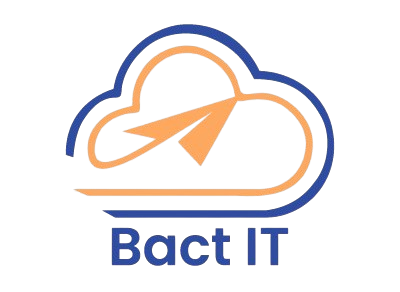Java EE

We are committed to equipping individuals and organizations with the tools and expertise they need to thrive in a rapidly changing digital world.
Request A Quote !
Java EE (Enterprise Edition) Course Outline
Duration: 60–80 Hours
Level: Intermediate to Advanced
Delivery Mode: Online/Offline
Tools Used: IntelliJ IDEA, Eclipse, NetBeans, JDK, WildFly, Tomcat, Hibernate, MySQL
Module 1: Introduction to Java EE
- Overview of Java EE and its Architecture
- Difference Between Java SE and Java EE
- Components of Java EE: EJB, JPA, JSP, Servlets, Web Services, and CDI
- Java EE Containers (Application Server, Servlet Container)
- Setting Up the Java EE Development Environment
Module 2: Java EE Architecture and Design Patterns
- Layered Architecture in Java EE
- Common Java EE Design Patterns
- Model-View-Controller (MVC)
- Singleton
- Data Access Object (DAO)
- Business Delegate
- Introduction to Dependency Injection (CDI)
Module 3: Java Servlets and JSP
- Introduction to Servlets and the Servlet Lifecycle
- Creating, Deploying, and Managing Servlets
- Handling HTTP Requests and Responses
- JavaServer Pages (JSP) and Their Benefits
- Integrating Servlets with JSP for Web Applications
- JSP Directives, Expressions, and Scripting Elements
Module 4: Enterprise JavaBeans (EJB)
- Introduction to EJB and Its Role in Java EE
- Types of EJBs: Session Beans, Message-Driven Beans, Entity Beans
- Stateless vs Stateful Session Beans
- EJB Transactions and Security
- EJB Timers and Interceptors
- Using EJB in Web Applications
Module 5: Java Persistence API (JPA)
- Overview of JPA and Object-Relational Mapping (ORM)
- Entity Classes and Persistence Context
- Working with EntityManager and Querying Data with JPQL
- Managing Relationships (One-to-One, One-to-Many, Many-to-Many)
- JPA Transactions and Caching
- Integrating JPA with EJB
Module 6: Java Message Service (JMS)
- Introduction to JMS and Message Queues
- Messaging Models: Point-to-Point, Publish-Subscribe
- Using JMS with EJB
- Sending and Receiving Messages in Java EE
- Configuring and Integrating JMS in Enterprise Applications
Module 7: Web Services in Java EE
- Introduction to Web Services and their Role in Java EE
- SOAP vs RESTful Web Services
- Creating RESTful Web Services with JAX-RS
- Creating SOAP Web Services with JAX-WS
- Consuming Web Services in Java EE Applications
- Web Services Security and Best Practices
Module 8: Java EE Security
- Introduction to Java EE Security
- Authentication and Authorization in Java EE
- Secure Web Applications with JAAS (Java Authentication and Authorization Service)
- Role-based Access Control (RBAC)
- Secure Communication with SSL/TLS
- Java EE Security Annotations and Filters
Module 9: Java EE and Microservices (Optional)
- Introduction to Microservices Architecture
- Benefits of Microservices in Java EE
- Creating and Deploying Microservices with Java EE
- Using Spring Boot for Java EE Microservices (Optional)
- Introduction to Docker for Java EE Applications
Module 10: Java EE and Databases
- Connecting Java EE to Relational Databases (MySQL, PostgreSQL)
- Data Source Configuration and Connection Pooling
- Transaction Management and Persistence Context
- Using Named Queries and Native Queries in JPA
- Integration with NoSQL Databases (Optional for Advanced Learners)
Module 11: Deploying Java EE Applications
- Deploying Applications to Java EE Servers (WildFly, Tomcat, GlassFish)
- Packaging Java EE Applications (WAR, EAR, JAR)
- Understanding and Configuring Application Servers
- Load Balancing and High Availability for Java EE Applications
- Performance Tuning and Debugging Java EE Applications
Module 12: Final Project and Assessment
- Develop a Real-Life Enterprise Application (e.g., E-Commerce System, Employee Management System)
- Implementing All Concepts: EJB, JPA, JMS, Web Services, Security
- Code Review and Optimization
- Final Exam and Viva
- Certification from BACT IT Institute of Bangladesh
